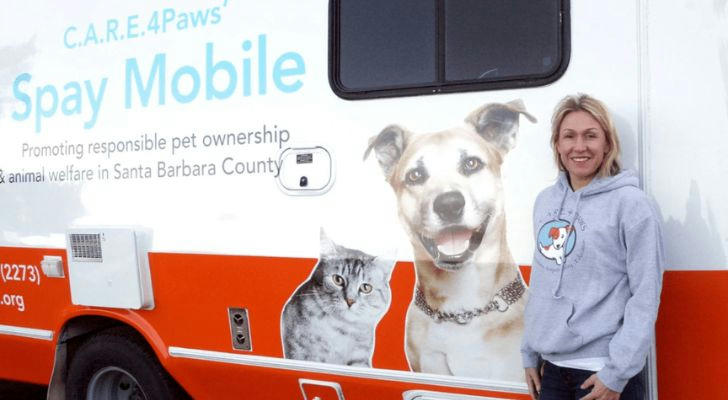Pet Care Support and Financial Aid Programs in the U.S. (2025 Update)
Across the United States, many low-income families and older adults face growing challenges in covering essential pet expenses such as food, vaccinations, and medical care.
To help maintain the health and companionship of pets, a variety of government-backed initiatives, nonprofit partnerships, and local outreach programs are working together to provide affordable solutions for responsible pet ownership.

🐕 Why Pet Assistance Programs Matter
For millions of Americans, pets are more than companions—they are family.
Yet, rising costs of veterinary care and daily pet essentials make it difficult for some households to meet those needs.
- Routine vet exams: around $150 per visit
- Annual vaccinations: $75–$200
- Emergency treatment: can exceed $2,000
To reduce these financial pressures, many U.S. communities have launched pet aid programs that include discounted veterinary services, pet food distribution, and limited insurance assistance designed specifically for low-income and senior pet owners.
🏛 Key Pet Support Initiatives for 2025
While there’s no single national pet insurance or subsidy plan, several state and community-based programs are actively supporting families who struggle with pet-related expenses.
Popular examples include:
- Meals on Wheels Pet Support – Provides pet food and basic supplies for homebound seniors.
- Red Rover Relief – Offers financial assistance for urgent veterinary care.
- Pet Food Bank Networks – Operated by local shelters and humane societies to distribute quality dog and cat food.
- Senior Companion Pet Programs – Help older adults keep their pets through wellness checks and supply deliveries.
These organizations operate through charitable donations and local government cooperation, ensuring support reaches the households that need it most.
💸 Financial and Veterinary Aid Options
Depending on your location and household income, assistance may include:
- Subsidized vaccines and wellness vouchers
- Discounted spay/neuter procedures
- Low-cost pet food pickup locations
- Medical treatment grants for chronic conditions
- Temporary boarding aid during emergencies
Local agencies such as animal control departments, community health centers, or aging services offices can often guide residents to available resources nearby.
🐾 Pet Insurance Options for Low-Income and Senior Pet Owners
For those who can manage a modest monthly plan, budget-conscious pet insurance can help offset unexpected costs.
Here are several widely recognized providers offering accessible coverage in 2025:
| Provider | Highlights | Best For |
|---|---|---|
| Figo Pet Insurance | Covers accidents, illnesses, and optional wellness care | Families seeking flexible coverage |
| MetLife Pet Plan | No upper age limit, quick claims process | Owners with senior pets |
| Accident-Only Coverage | Focused on emergencies and injuries | Budget-restricted households |
These plans allow customization based on pet age, breed, and health status, helping reduce the risk of high one-time bills.
📍 How to Access Pet Assistance Near You
If you or someone you know is struggling with pet care expenses, the following steps can help locate support:
- Search online for “pet care aid programs near me” or “low-cost veterinary help [ZIP Code]”.
- Visit your local humane society, animal shelter, or county pet resource center.
- Ask about voucher programs or sliding-scale clinic services.
- Seniors aged 65+ can contact Meals on Wheels or local aging service offices for pet-specific assistance.
- For national directories, explore:
- [Red Rover Relief Network]
- [Pet Food Bank Finder – GreaterGood.org]
- [Banfield Foundation Community Support]
❤️ Final Thoughts
Affordable and compassionate pet care is within reach for every household.
Through the combined efforts of community organizations, local governments, and caring nonprofits, pet owners can maintain the health, safety, and happiness of their companions—regardless of income or age. If maintaining your pet’s care has become a challenge, reach out to your nearby pet support program or animal welfare center today to learn what options are available in your area.
